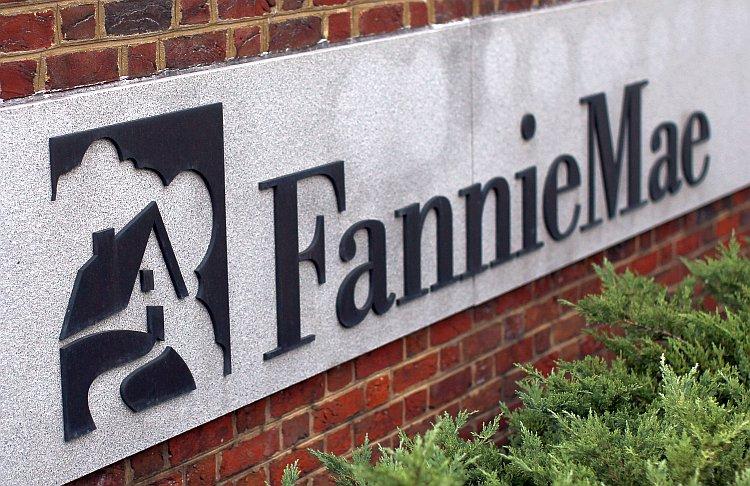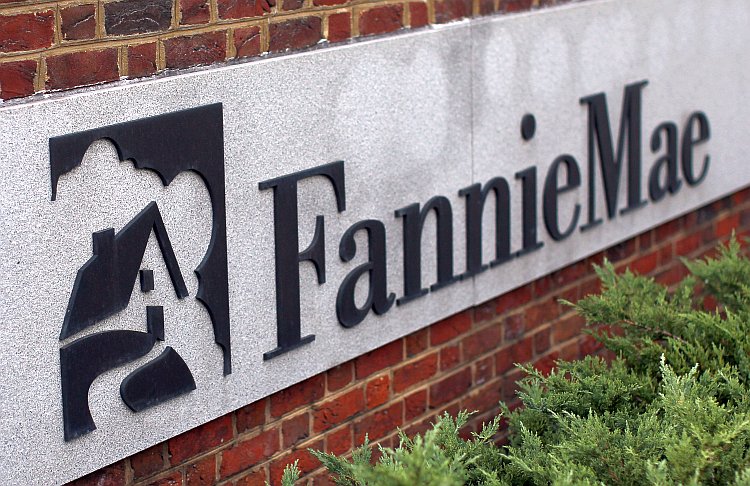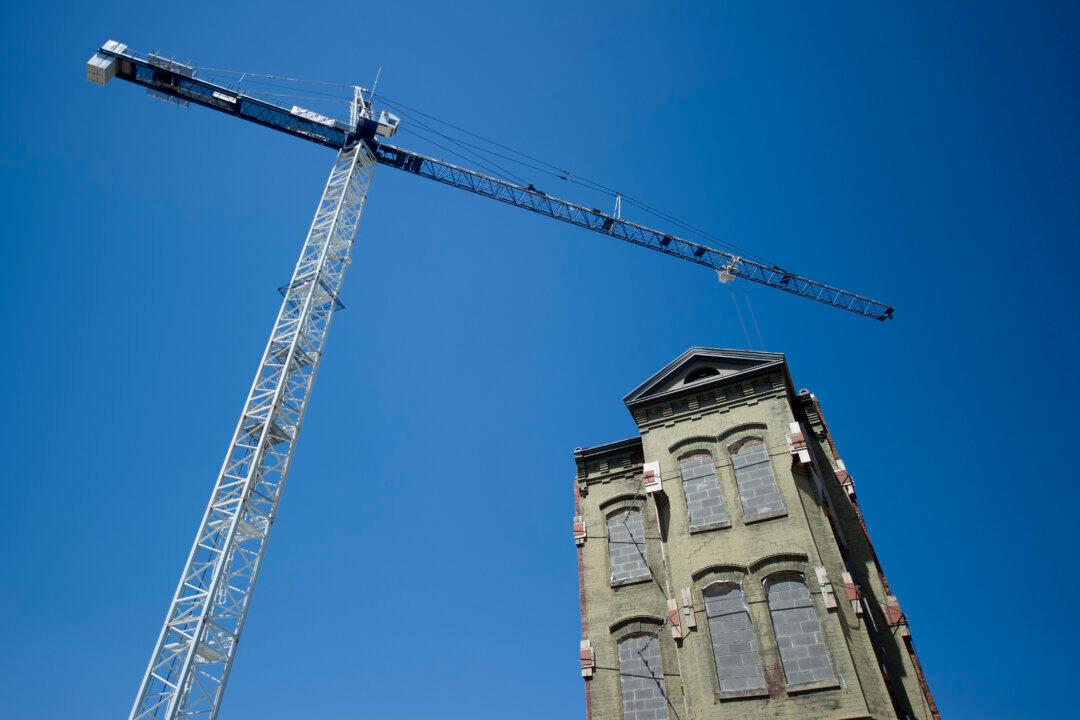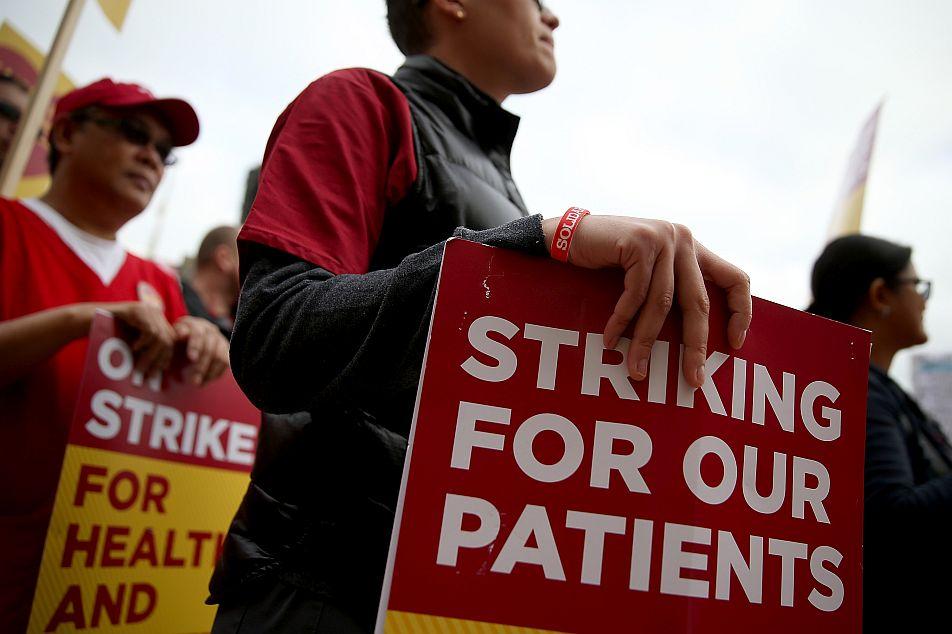Academics and financial system experts are concerned about a re-emergence of America’s shadow banking system, which has been defined as “credit intermediation involving entities and activities outside the regular banking system” by the Financial Stability Board (FSB).
Banks are tightening lending practices, have become more risk averse, and have set far stricter lending requirements than in the past. Furthermore, banks will tighten their lending practices further over the next six months.
“Non-price credit conditions for household loans were reported to have tightened,” according to a March “Senior Loan Officer Survey on Bank Lending Practices” report issued by Magyar Nemzeti Bank.
Banks are concentrating on high earnings potential, secure jobs with the ability to provide a considerable down payment, and significant assets.
Banks no longer state that the slowdown in lending is due to a decrease in their risk-taking appetite, but rather that the money supply is shrinking. This suggests that liquidity is a new concern that governs bank lending practices.
“In previous surveys, banks cited lower risk appetite as contributing to tightening, but in this lending survey the role of deteriorating lending capacity increased considerably,” according to the Bank Lending Practices report.
Warnings
“The problem today is that shadow banking appears to have recovered faster than the traditional banking industry that was bailed through massive capital injections from taxpayers,” said Christos N. Spanos, head of a financial services firm, in a recent Seeking Alpha article.
Spanos readily agrees that based on some expert opinions, the shadow banking system hasn’t disappeared or shrunk in size, but has gone underground and turned craftier. But, that wasn’t the point he wanted to make. Spanos suggests that such an unregulated system should not be allowed to infest the regular banking system and lead to another financial crisis.
The most recent financial crisis has shown that when lending activities didn’t satisfy the market, “a whole new financial system was created, which operated outside the realm of regulation—and more importantly, this market was huge and had penetrated the traditionally ’safe' regulated financial market [such as banks and lending institutions],” according to Spanos.
Today, banks have become risk averse, resulting in a contraction of the money supply. Corporations in need of working capital funds or funds for diversification or expansion are looking for a venue that provides them with the funds, resulting in the growth of an unregulated system—the shadow banking system.
“It is vitally important for our banks to understand that their lack of confidence in lending to industry is setting them up for their next fall. If they do not lend to industry, others will, and there is no effective way of protecting themselves from the destabilizing effect of such practices, as we have all seen,” Spanos said.
Martin Lowy, an attorney practicing in the fields of corporate law and bank regulation, doesn’t agree with Spanos’s contention that the shadow banking system is to blame for the financial crisis.
The players that were in part responsible for the last financial crisis, including the investment arms of Barclays PLC, Citigroup Inc., and the Goldman Sachs Group, were considered too large to fail and thus allowed taxpayer bailouts. They were regulated by the Securities and Exchange Commission, which had neglected its oversight responsibility and let these firms grow unhindered.
According to Lowy, competitive market forces drive the tools of the shadow banking system, such as hedge funds. When such tools fail, it is the managers and investors who lose out, not the American taxpayer.
The shadow banking system brings “competition to markets that otherwise tend to be oligopolistic. And when they get too greedy and violate the law, their managers go to jail, as several have lately for insider trading. That is the way a competitive economy should work,” said Lowy in a recent Seeking Alpha article.
Sizing the Shadow Banking System
The amounts moving through the shadow banking system have not been tracked recently. There is much discussion about the system, but no real knowledge of its present size is available.
The worldwide shadow banking system increased by about $33 trillion between 2002 and 2007, but due to the financial crisis, it imploded. There was not much movement, with the numbers remaining close to those of 2007, until October 2010, the time when the FSB published a report about the need to toughen oversight and regulations over the shadow banking system.
In 2005, shadow banks, also called financial intermediaries, were located in the United States (54 percent), the United Kingdom (10 percent), Japan (8 percent), and the remainder in the Netherlands, France, Germany, Australia, Canada, Italy, Korea, and Spain.
By 2010, the shadow banking system was reduced to 46 percent of the market in the United States, 13 percent in the United Kingdom, and the remainder distributed among the aforementioned countries.
Workings of the Shadow Banking System
“The shadow banking system or the shadow financial system consists of non-depository banks and other financial entities—investment banks, hedge funds and money market funds,” according to an article on the EconoTwist website.
Shadow banks function similar to a bank, but can’t borrow from the Federal Reserve discount window or be insured by the Federal Deposit Insurance Corp. They are free to function without any oversight and afford a source of funding to investors and corporations. These banks operate outside the U.S. regulatory system and are driven by competitive market forces.
Shadow banks “intermediate credit through a wide range of securitization and secured funding techniques such as asset-backed commercial paper (ABCP), asset-backed securities (ABS). ... These securities are used by specialized shadow bank intermediaries that are bound together along an intermediation chain,” according to the Federal Reserve Bank of New York’s July 2010 report.
There are three types of shadow banking systems, which operate independently of each other yet are interrelated through the securities being sold. There are government-sponsored firms, which include the Federal National Mortgage Association (Fannie Mae), the Federal Home Loan Mortgage Corp. (Freddie Mac), and the Federal Home Loan Bank of Boston. Then there are banks, lenders, brokers, and financial service companies. Finally, there is an international network of independent firms that no more than sell the products.
This type of unregulated intermediary banking system presents a systemic risk, as revealed by the most recent financial crisis. Market interrelationships and interdependencies with regulated banks, linking many entities together without providing transparency, can trigger the collapse of an entire financial system. The inherent systemic risk increases exponentially the larger the entity grows.
“The risks in the shadow banking system can easily spill over into the regular banking system as banks often comprise part of the shadow banking credit intermediation chain or provide support to shadow banking entities,” according to the FSB report.
Another inherent risk was that in the past, investors relied on rating agencies for making educated investment decisions. Unfortunately, rating agencies rated the securities dispensed by the shadow banks an “AAA,” using substandard analysis tools, giving them the appearance of a risk-free and highly liquid security.
“The evidence shows that analysts within Moody’s and S&P were aware of the increasing risks in the mortgage market in the years leading up to the financial crisis, including higher risk mortgage products, increasingly lax lending standards, poor quality loans, unsustainable housing prices, and increasing mortgage fraud. Yet for years, neither credit rating agency heeded warnings—even their own—about the need to adjust their processes to accurately reflect the increasing credit risk,” according to a U.S. Senate Permanent Subcommittee on Investigations 2011 report.






